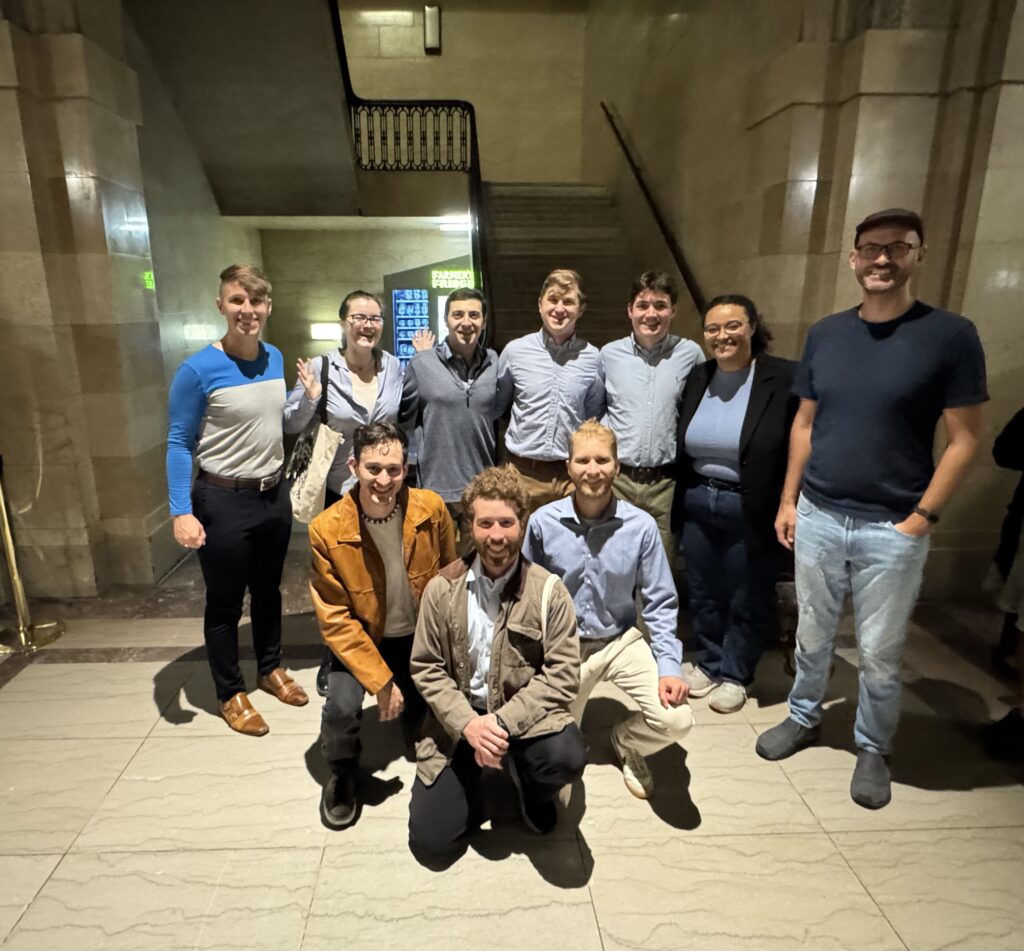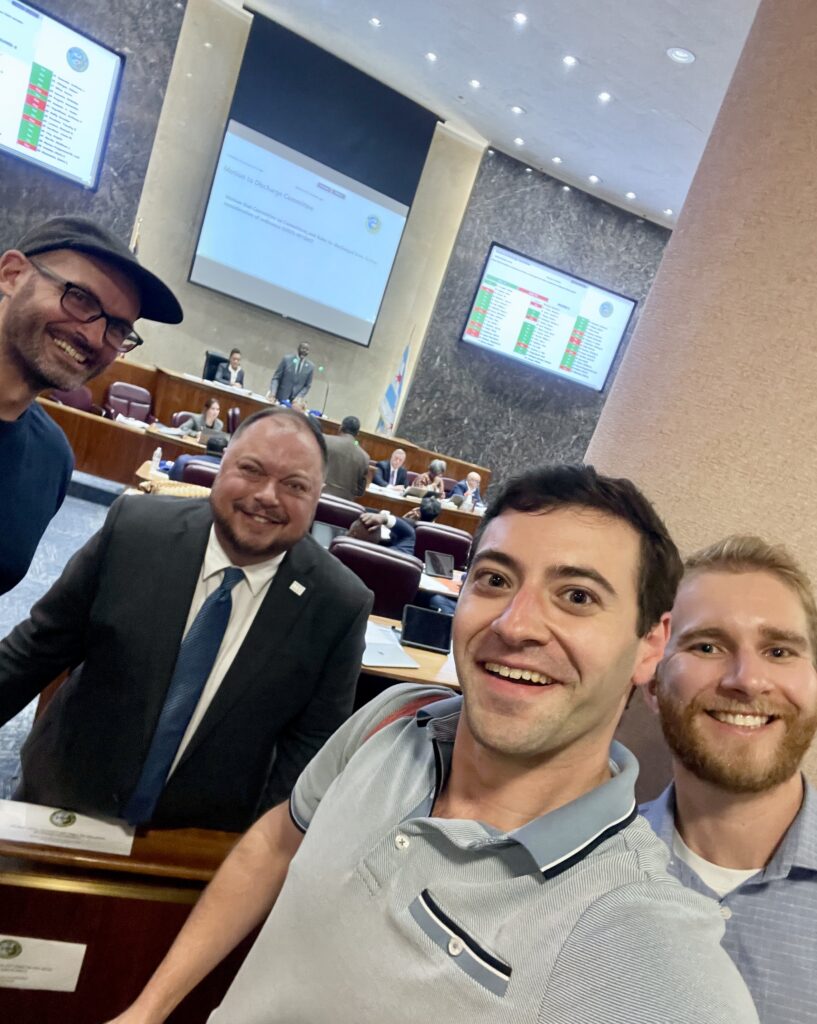When I learned last night at an industry event that the Clean & Reliable Grid Affordability (CRGA) Act, passed by the Illinois legislature on October 30, would fund geothermal networks for heating and cooling homes my first thought was a proposal from 2023 to build geothermal wells in Chicago alleys that adjacent property owners could tap into. This is useful because the earth, slightly below the surface, has a near constant temperature of about 54°F so less energy is needed, using a refrigerant, which could be water, to make up the difference between that and the desired temperature in a house.
Blacks In Green, teaming up with Tom Bassett-Dilley Architects, submitted an entry to the “Missing Middle Infill Housing” competition proposed that an entity like the City of Chicago would authorize the drilling of public wells in the alley that each property that abuts the alley could connect to, running pipes from a building owner’s heat pump to the wells to carry thermal energy to or from the house, as needed.
The South Side nonprofit Blacks in Green is pursuing…a plan for a multibuilding geothermal system that will tap steady, year-round underground temperatures of about 55 degrees.
In step one of the project, workers will send plastic pipes 450 feet into the ground beneath Chicago alleys. The pipes, which circulate a fluid that absorbs and releases heat, will loop back to up to 69 buildings in a four-block area of West Woodlawn, powering heating and central air.
Blacks In Green obtained a grant in 2024 of about $10 million from the United States Department of Energy’s Geothermal Technologies Office, but the latest report about their project indicates that the Trump administration may have tried to freeze the funding (that article is from June and I haven’t seen news since then that explains what has happened since then).

In CRGA, the Illinois Power Agency must create a “Geothermal Homes and Businesses Program” so that the agency can “procure” renewable energy credits from new geothermal networks. The agency’s long-term renewable resources procurement plan should allocate up to $10 million per year to stimulate eligible geothermal systems. The program shall begin on June 1, 2028, and 33 percent of the energy procured each year should be from geothermal networks serving residential uses.
Perhaps despite the Trump administration’s rescission of grants BIG’s proposal can still move forward using state funding priorities that CRGA puts into place.
















